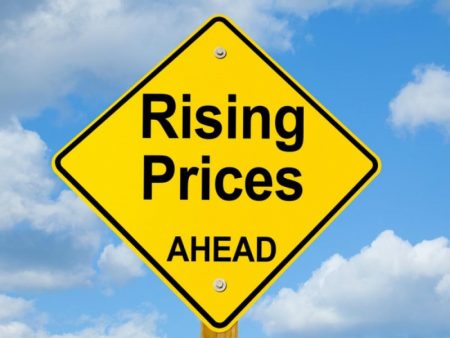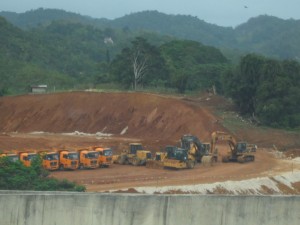Jamaica’s export earnings fell in 2020 from US$1.516 billion to US$1.165 billion, but it was not all bad news on the export front. Excluding mining that fell sharply due partially to the closure of the Alpart alumina plant and a fall in re-exports of mineral and fuels, other exports actually increased as a group but not anything like the fall in other major items.

Coffee exports have fallen but could recover
Export data released recently by the Statistical Institute of Jamaica shows the dramatic change that occurred on the export front with the traditional products giving way to new ones. Traditional Exports excluding mineral fuels earned just US$18.85 million down from US$16 million in 2019 and a fall of 44 percent from US$33 million earned in 2017, due primarily to a 43 percent fall in the export of coffee.
Export earnings from manufacturing, agriculture, and mineral fuels exceed the mining sector in 2020, accounting for 56 percent of exports compared to 51 percent in 2017 and 47 percent in 2019, but excluding mineral fuels, the rest of exported products accounted for US$430 million for 37 percent of exports earning in 2020 compared to US$382 million or 35 percent in 2017 and 27 percent with US$416 million in 2019, the decline in sugar, coffee and scrap metals were the main contributors to the slower growth. Excluding the three products along with mining and mineral fuel, exports would have risen an attractive 61 percent since 2017.
For example, sugar, bananas, cocoa are now shadows of their former glory. In their places come yams, now the leading agricultural export, followed by ackee and coffee. Sugar that was said to be king at one stage, generated just US$6.5 million in export earnings last year, bananas brought in a mere US$726,000 citrus US$383,000 and cocoa US$348,000.
Coming tomorrow – Declining sectors obscure export headway.
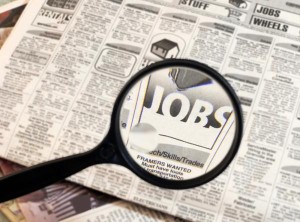
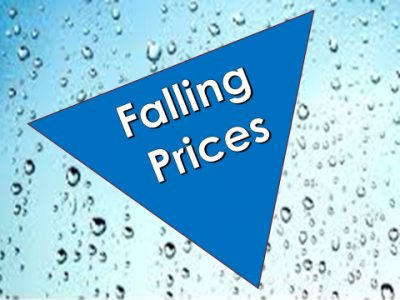 Inflation over the past twelve months came out at 4.2 percent, with the period between July and November rising by exactly 4.2 percent, mostly due to a hike in the exchange rate of the Jamaican dollar versus the US dollar.
Inflation over the past twelve months came out at 4.2 percent, with the period between July and November rising by exactly 4.2 percent, mostly due to a hike in the exchange rate of the Jamaican dollar versus the US dollar.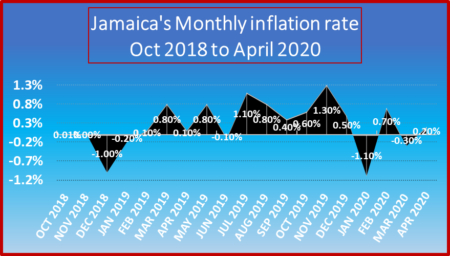 February ended, with an increase of 0.7 percent, while March had a decline of 0.3 percent and with the April fall, the year to date movement came out at negative 0.5 percent.
February ended, with an increase of 0.7 percent, while March had a decline of 0.3 percent and with the April fall, the year to date movement came out at negative 0.5 percent.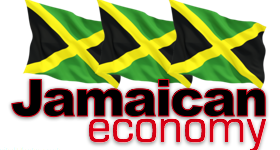 Jamaica will see steady growth with improvements in several areas during the year, with increased output for manufacturing, tourism, finances and other service sectors such as BPO and entertainment. The continuation of major road construction projects and many new buildings going up in the country will also aid the continuation of economic growth during the year.
Jamaica will see steady growth with improvements in several areas during the year, with increased output for manufacturing, tourism, finances and other service sectors such as BPO and entertainment. The continuation of major road construction projects and many new buildings going up in the country will also aid the continuation of economic growth during the year. Data out of Statin indicates a 4.9 percent increased output in the manufacturing sector for the September quarter, helped by gains in PetroJam production. That is faster than the July quarter, with growth of 3.2 percent and the first quarter growth with negative 1.3 percent following a 2.4 percent increase in the December 2018 quarter. The trend is positive for the manufacturing sector and augurs well for a good increase in 2020. Continued growth in loan financing and increasing interest of companies seeking fresh long-term capital through the capital market are big positives for the business sector in 2020 and beyond. The Manufacturing sector’s use of borrowed funds, excluding cement, was consistent with 20 percent increased borrowing in 2019 and 2018.
Data out of Statin indicates a 4.9 percent increased output in the manufacturing sector for the September quarter, helped by gains in PetroJam production. That is faster than the July quarter, with growth of 3.2 percent and the first quarter growth with negative 1.3 percent following a 2.4 percent increase in the December 2018 quarter. The trend is positive for the manufacturing sector and augurs well for a good increase in 2020. Continued growth in loan financing and increasing interest of companies seeking fresh long-term capital through the capital market are big positives for the business sector in 2020 and beyond. The Manufacturing sector’s use of borrowed funds, excluding cement, was consistent with 20 percent increased borrowing in 2019 and 2018. Growth in the construction sector will pick up, with the start of the Kingston to Port Antonio road construction and demand continues in the BPO sector that will stimulate the need for more space while adding to employment. Data out of the Bank of Jamaica shows a sharp rise in lending to the sector with an increase of 37 percent over the amount lent in 2018 and well ahead of the 27 increase in 2018 over 2017. The increase in 2019 suggests a further rise in growth in the sector, which should continue into 2020.
Growth in the construction sector will pick up, with the start of the Kingston to Port Antonio road construction and demand continues in the BPO sector that will stimulate the need for more space while adding to employment. Data out of the Bank of Jamaica shows a sharp rise in lending to the sector with an increase of 37 percent over the amount lent in 2018 and well ahead of the 27 increase in 2018 over 2017. The increase in 2019 suggests a further rise in growth in the sector, which should continue into 2020. The Foreign exchange market went through a number of changes as the central bank reduced the compulsory take from the market from 25 percent down to 20 percent for dealers and 15 percent for Cambios. In effect, the central bank bought no funds from the market through its weekly intervention tool and had no scheduled sale to the market. About four bouts of strong demand resulted in BOJ intervening by selling funds to the market. Notwithstanding, the interventions, the central bank ended the year with the NIR rising from US$3.005 billion at the end of December 2018 to US$3,16 billion after the NIR sank to US$2.95 billion in July.
The Foreign exchange market went through a number of changes as the central bank reduced the compulsory take from the market from 25 percent down to 20 percent for dealers and 15 percent for Cambios. In effect, the central bank bought no funds from the market through its weekly intervention tool and had no scheduled sale to the market. About four bouts of strong demand resulted in BOJ intervening by selling funds to the market. Notwithstanding, the interventions, the central bank ended the year with the NIR rising from US$3.005 billion at the end of December 2018 to US$3,16 billion after the NIR sank to US$2.95 billion in July.
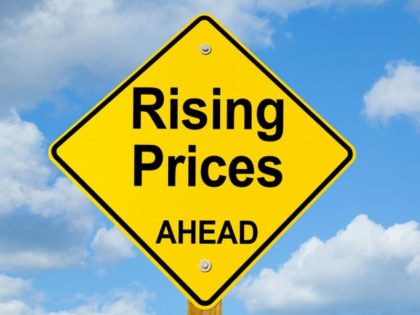 Jamaica’s Inflation rate slipped to 0.8 percent in August from 0.9 percent in August 2018 and lower than the 1.1 percent recorded in July this year according to data released by the Statistical Institute of Jamaica.
Jamaica’s Inflation rate slipped to 0.8 percent in August from 0.9 percent in August 2018 and lower than the 1.1 percent recorded in July this year according to data released by the Statistical Institute of Jamaica. Monthly inflation figures returns well below the 2 percent per annum level in April according to data put out by the
Monthly inflation figures returns well below the 2 percent per annum level in April according to data put out by the  The
The 